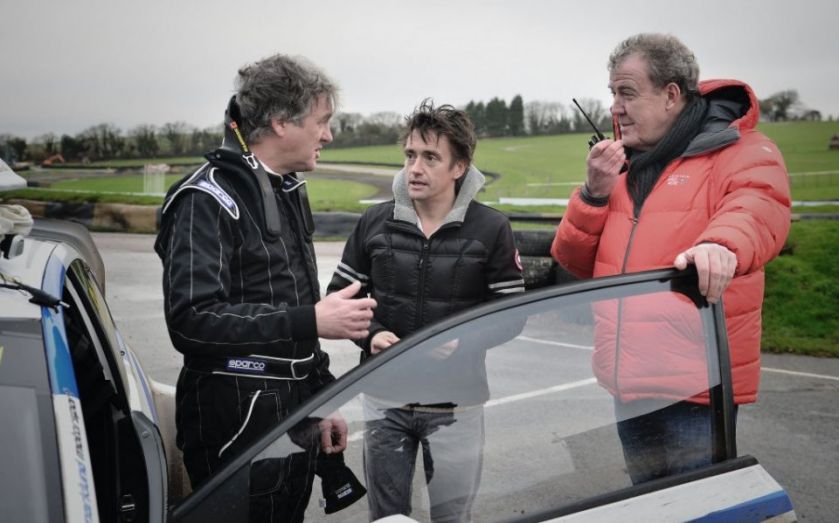Jeremy Clarkson fracas: One chart showing the decline of Top Gear’s UK television audience in the last five years

To his fans, he's a hero; to his detractors, he's everything wrong with television today. But fracas or no fracas, suspending Top Gear presenter Jeremy Clarkson can't have been an easy choice for the BBC. He does, after all, preside over the world's most-watched factual TV programme, according to the Guinness Book of Records.
More than that, the show brings in an estimated £20m per show for the BBC – and although the laddish banter between Clarkson and colleagues James May and Richard Hammond characterises the show, some 40 per cent of the audience is female. So it may have come in for criticism, but Top Gear has wide appeal.
Clarkson himself has been credited with transforming the brand after it was relaunched in 2002. But despite its popularity, an episode-by-episode comparison of its 2009 series and its 2014 series shows over the past five years something has gone awry (although it's worth pointing out this is "consolidated overnights" – so doesn't include views on iPlayer, for example). While the show attracted audiences of almost eight million in its heyday, as the chart below suggests, these days it can barely muster five.

Admittedly, audience has been on the rise since it dipped below four million in 2012 and 2013. But the show has been increasingly hit by controversy: in May last year, Clarkson admitted he had been given a "final warning" after he allegedly used a racial slur.
Another "fracas" during its 2014 Christmas special, when the show's crew was "chased" out of Argentina for having a number plate that, locals pointed out, seemed to reference the Falklands war, was the final straw. Since then, Top Gear has reportedly been ordered to "rein in" its ideas, with less room for controversy – causing ratings to suffer.
In July 2013, Clarkson sold his 50 per cent stake in Top Gear to BBC Worldwide for £14m – although he is still said to be paid £1m per episode.